Proposed Blanket Rezoning for Calgary
In Autumn 2023, significant residential zoning adjustments were approved in Edmonton, sparking anticipation among Calgarians for similar changes in Calgary. As expected, a proposal swiftly emerged before Calgary City Council, igniting diverse opinions among residents. The potential passage of this comprehensive rezoning could usher in substantial transformations for our city. Proponents argue it might alleviate some of the strain caused by the housing crisis. However, with the Calgary Real Estate Board (CREB) formally opposing the bylaw, the debate has intensified. For those unfamiliar with these zoning alterations or CREB's stance, let's delve into the details.
Background on Blanket Rezoning:
Driven by the urgency of the housing crisis, Calgary City Council seeks to take more decisive action to address residents' challenges. One proposed measure is a bylaw to update all residential zones to R-CG, R-G, or H-GO, facilitating higher-density housing across the city. This initiative aims to streamline bureaucracy and expedite housing development, particularly in inner-city and existing neighborhoods. Currently, much of Calgary operates under "exclusionary zoning," restricting most areas to single-family homes. A city-wide rezoning would permit the construction of single-detached, semi-detached, and row houses throughout Calgary.
Key Zoning Districts:
R-CG: Residential – Grade-Oriented Infill District
R-G: Residential – Low Density Mixed Housing District
H-GO: Housing - Grade Oriented
R-CG and R-G are modern districts within the Land Use Bylaw, accommodating various low-density housing types. While R-CG incorporates contextual regulations for established communities to ensure new developments harmonize with existing structures, R-G is tailored for new, developer-designed neighborhoods, where such rules are unnecessary.
Support and Opposition:
Supporters of the proposed bylaw, including most of City Council, inner-city builders, developers, and renters struggling to find housing, argue that higher-density zoning is crucial to curbing urban sprawl and addressing housing shortages. Conversely, opponents, such as NIMBYs (Not In My Backyard), single-family dwellers favoring low density, and those resistant to development, raise concerns about increased congestion, strain on infrastructure, and loss of neighborhood character.
CREB's Position:
On February 13, 2024, CREB released a statement opposing the proposed zoning changes. CREB Chair of Government Relations Standing Committee, Hong Wang, highlighted concerns about congestion, infrastructure strain, and the proposal's efficacy. CREB Chief Economist, Ann-Marie Lurie, emphasized the need for a balanced, community-focused strategy to address Calgary's housing challenges.
Implications and Considerations:
While blanket rezoning may not uniformly impact all areas, older inner-city neighborhoods offering lower land costs are likely to experience more significant changes. New communities, built based on housing demand, may remain relatively unaffected. Conversely, established neighborhoods with large lots and aging homes present opportunities for higher-density redevelopment. However, affluent estate communities with high land costs are less likely to see extensive multi-family developments due to economic considerations.
In essence, the proposed blanket rezoning stirs complex debates about housing, community character, and urban development, necessitating careful.
Information courtesy of our friends at NewInfills.ca
